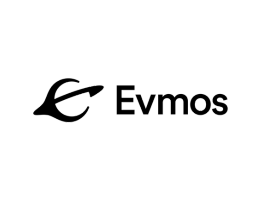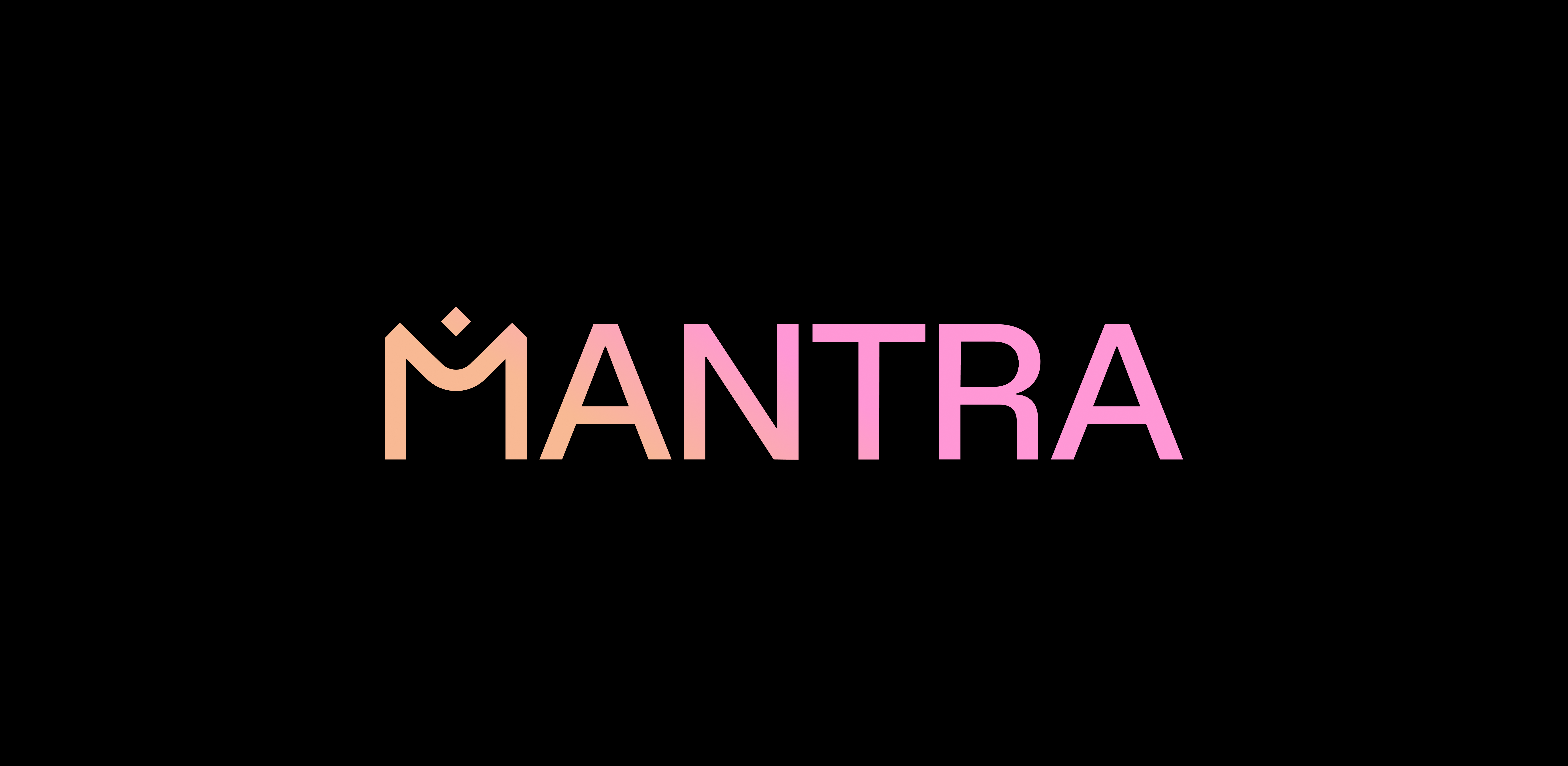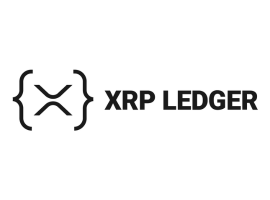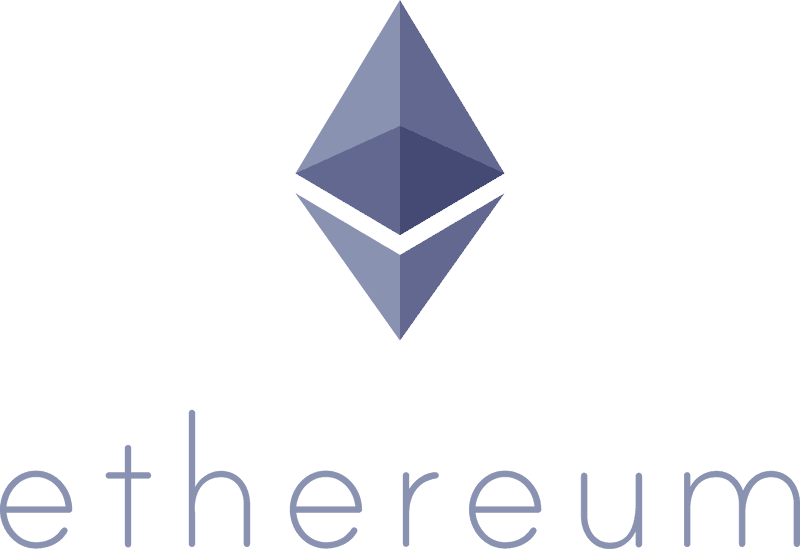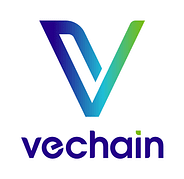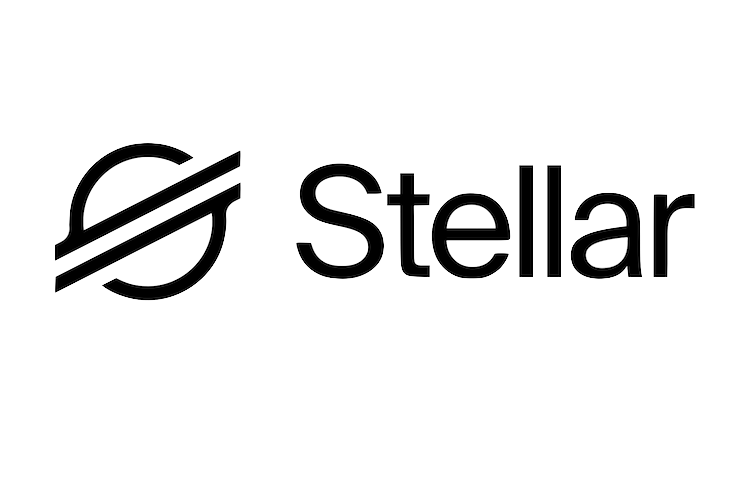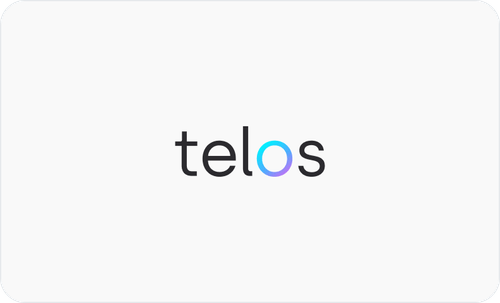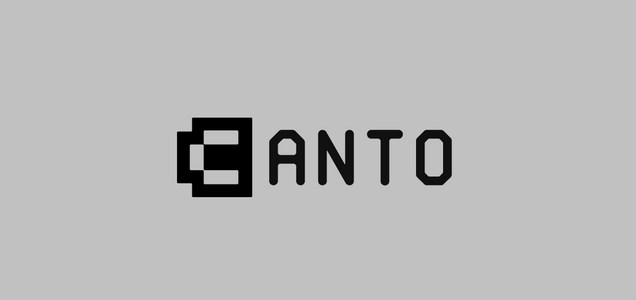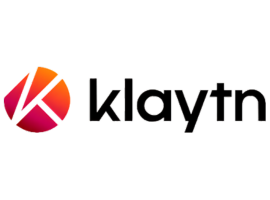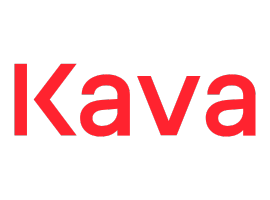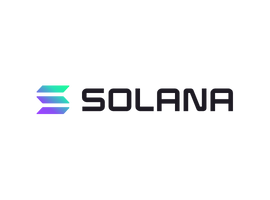What is Layer 1 Blockchains (L1s)?
Layer 1 Blockchains (L1s) are the foundational blockchain networks that operate as independent protocols with their own consensus mechanisms, native tokens, and security models. This category includes blockchain platforms like Ethereum, Solana, Avalanche, and others that provide the base layer for decentralized applications (dapps) and smart contracts. Tools and services in this category encompass full node implementations, consensus clients, blockchain protocol development frameworks, and native token management systems.
The primary use cases for Layer 1 blockchains involve establishing a secure and decentralized environment where developers can deploy smart contracts, issue tokens, and build dapps. Target users include blockchain protocol developers, infrastructure providers, and teams building applications that require direct interaction with the base blockchain layer. Key characteristics of L1 blockchains include their role as the ultimate source of truth for transaction finality, their consensus algorithms (e.g., proof of work, proof of stake), and their ability to support decentralized execution of code.
Subcategories related to Layer 1 blockchains include Layer 2 scaling solutions, which build on top of L1s to improve throughput and reduce costs, and interoperability tools that connect multiple L1s. Developers should look for tools in this category when they need to interact directly with the blockchain protocol, deploy or maintain nodes, or build foundational blockchain infrastructure components.
Filter through thousands of tools catered to your stack
Top Tools
Layer 1 blockchains form the base networks that power decentralized applications and smart contracts. Tools in this category are critical because they provide the core infrastructure and protocols developers rely on to build secure and decentralized systems. Choosing the right Layer 1 platform and associated tools is essential for ensuring performance, security, and compatibility in web3 development.
Start Building Now
Reliable RPC, powerful APIs, and zero hassle.




